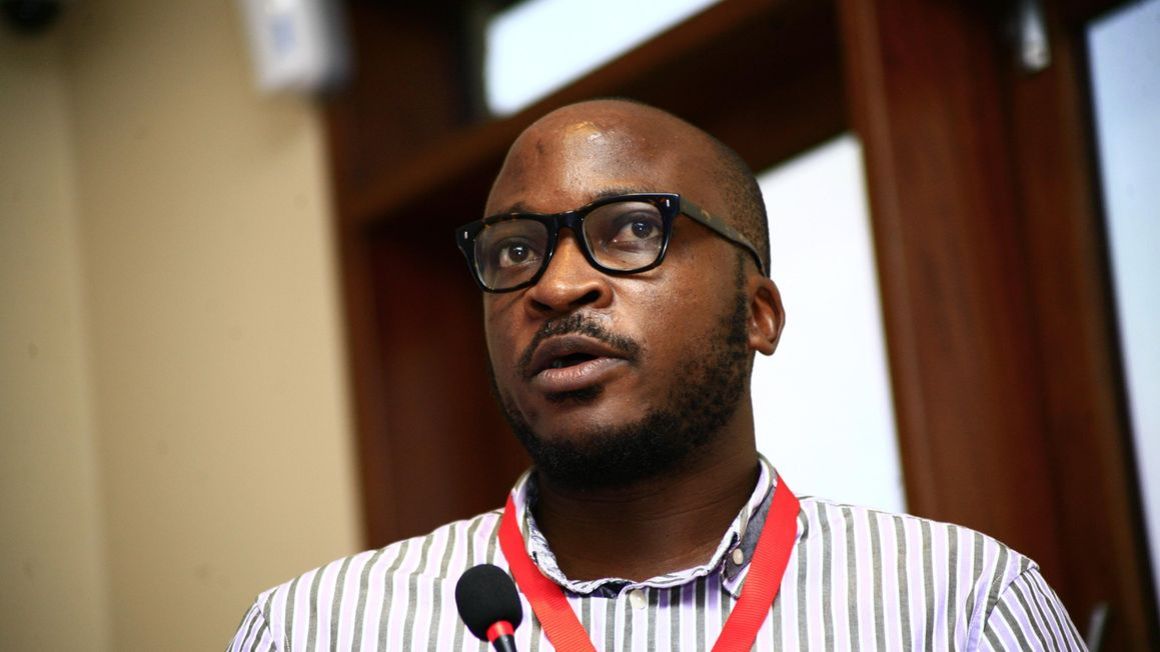Once upon a time doctors treated patients before asking for money

Daniel K. Kalinaki
What you need to know:
- Depending on how often you visited, the nurses knew you by name or at least recognised you, pulled out your card cut out of manila paper, then directed you to the lab or the doctor’s room when it was your turn.
The parental burden of dealing with a sick child was often made slightly more bearable for me by going to Family Doctors Clinic in Kamwokya. Part of it was sheer nostalgia; as a young boy myself I had attended the clinic, right from when it was still at Kisementi.
Dr George William Zirembuzi, one of the faces behind it, went to Namilyango College with my old man and had treated us all in our youth. So, there was something reassuring about taking the kids to a doctor who had treated me and seeing my medical records on the handwritten charts that spilled out of the wooden shelves.
But there was something else. First, Family Doctors, when it moved from Kisementi, went to Kamwokya, between the ghetto on one side and the more affluent suburbs of Kololo, Bukoto and Naguru on the other. It wasn’t uncommon, on the crowded wooden benches in the waiting area, to sit between someone who had come driving a Mercedes Benz and a breastfeeding charcoal settler from Kyebando.
Depending on how often you visited, the nurses knew you by name or at least recognised you, pulled out your card cut out of manila paper, then directed you to the lab or the doctor’s room when it was your turn. After seeing the doctor and getting a prescription you then got your injection or your tablets or dressing, then went back to the nurse.
By this point the nurse would have computed the charge and looked up the card to see if you had any unpaid balances from previous visits. You would then pay what you had – I probably need to write this again – you would then pay what you had, and leave. You paid the balance when you came next, or when you got the money.
Being seen by Dr Zirembuzi felt therapeutic in and of itself. He played with his young patients to relax them, then asked clever but probing questions in his deep, sympathetic voice. He, and the other doctors at the practice, only prescribed medicines that they believed the patient needed. Only those tests that they believed were necessary were ordered, and one felt in kind, competent and caring hands.
The current cries and exasperation about charges levied by private hospitals brought back memories of Family Doctors and the kind folk there. The lingering question is how did we go from a place where you paid what you could and made sure to clear your dues on your next visit, to one where patients will not be touched until the whiny-voiced bean counter in the Accounts Office confirms that their deposit has cleared?
The first and most obvious reason is that Dr Zirembuzi and his colleagues were nice, kind, and decent people who saw their role, first and foremost, as that of caring for their patients, not just thumbing through their pockets. They did not have a private equity fund pressing them to raise quarterly earnings or year-on-year revenues.
But they also lived in a different time. Private places like Family Doctors brought care closer to the communities and allowed the doctors to make some ka-money on the side, but it did not replace the health service provided in public hospitals. In fact, patients who turned up with serious ailments were often referred to Mulago Hospital, where the doctors did their day jobs. The doctors charged for convenience, not access, but it was only a matter of time before it fell apart.
Whatever its positives, the Structural Adjustment Programme of the early-to-mid 1990s kicked away the social safety net, first by introducing co-payment by patients to meet the cost of treatment. The logical next step would have been for us to introduce a national health insurance scheme so that those with more means subsidised those without, while maintaining the quality of the health system.
But hey, these were the days of privatisation, private sector led economic growth, and time for people to liberate themselves from generations of deprivation. So, health, like education, became commoditised, available to the highest bidder.
The problem is that these sectors had to be de-risked to attract profit-seeking capital. No one would build expensive international schools if Kamuli Boys Boarding Primary was still offering decent value, and no one would build fancy hospitals if Mulago was still the best in sub-Saharan Africa. To create profit for the private sector, Mulago had to ‘die’ – alongside many poor citizens.
Mr Kalinaki is a journalist and poor man’s freedom fighter.
[email protected]; @Kalinaki




